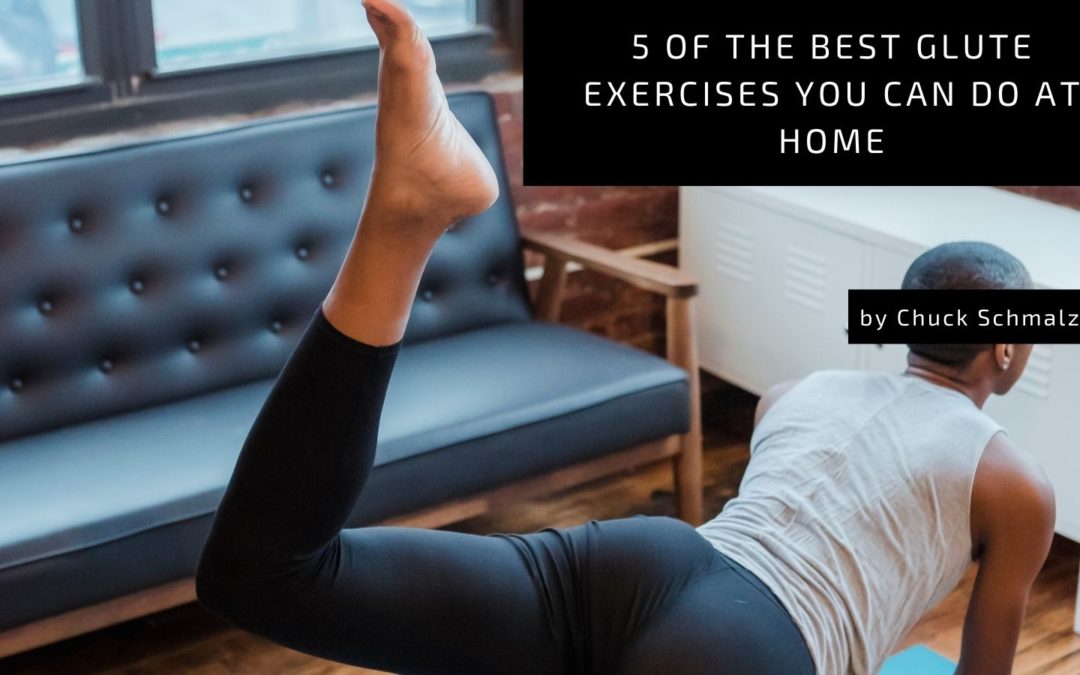Increasing muscle strength is a requirement for improving athletic performance. The glutes are the largest and strongest muscle in the body and a major contributor to athletic performance. These are some of the best glute exercises, even for those who don’t currently have access to a gym and can only do glute exercises at home.
1. Fire Hydrant
The fire hydrant is one of the best glute exercises you can do at home. It targets your hips, glutes, and hamstrings and works your core. To perform a fire hydrant:
- Get on the floor on all fours.
- Keep your back flat and arms straight, with your neck in a neutral position.
- Slightly lift your left leg out to the side, keeping your knee bent at 90 degrees. Your left foot should be off the floor.
- Pause for 2 seconds, return to the starting position, and repeat on the other side.
2. Side Squat
While the side squat may not be a common exercise, it’s great to strengthen the glutes and hips. The side squat is also beneficial for improving hip mobility and flexibility. To perform a side squat, start by standing with the feet together. Then, step out to the side with the right foot, starting with the heel touching down first. Once a person plants the right heel on the floor, shift the weight onto that leg and bend the knee until it’s at a 90-degree angle.
3. Glute Bridges
The glute bridge is one of the best exercises you can do at home. With the glute bridges, a person works their glutes, lower back, and hamstrings, and they can choose to add weight to improve their results. The glute bridge also helps open up the hips, which is great after sitting down all day.
4. Bulgarian Split Squats
Bulgarian split squats are one of the best glute exercises you can do at home. The key is to do them correctly. A person must stand upright and keep their back straight while exercising. This ensures that they get all the benefits from this movement without causing any injury.
5. Single-Leg Step-ups
Single-leg step-ups are a great exercise for glute and hamstring strength and balance. Individuals can modify them to increase or decrease the difficulty, depending on their fitness level. For a beginner version of this exercise, a person can use a lower surface such as a bench or a step stool. An individual can also hold onto something for balance if needed. Finally, try using a higher surface, such as a park bench or stairs, for an advanced version of single-leg step-ups.
